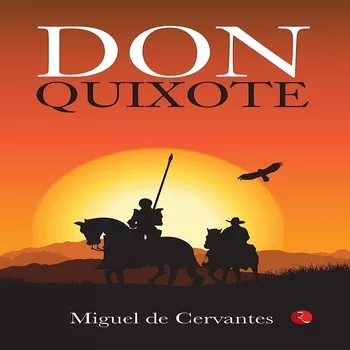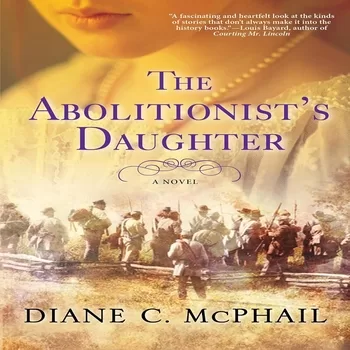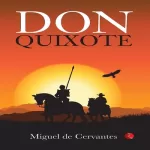Description
Don Quixote
Don Quixote finds himself completely enthralled by the tales of chivalry depicted in the romances he reads. He becomes fixated on transforming himself into a knight errant. Alongside his faithful squire, Sancho Panza, he launches on various adventures that take them across various landscapes. Despite his advanced age, Quixote’s imagination runs wild, leading them into situations where he mistakes windmills for giants, engages in battles with friars, and envisions the Spanish countryside as a fantastical realm filled with fortresses and sorcerers.
Throughout their travels, the bond between Don Quixote and Sancho Panza deepens, revealing layers of complexity in their relationship. Despite their differing perspectives and approaches to life, the two men develop a unique camaraderie that adds depth to the narrative. As they face various challenges and encounters on their journey, their interactions become increasingly nuanced, showcasing the evolution of their dynamic as master and servant, friend and companion.
Miguel de Cervantes’s timeless masterpiece, Don Quixote, was first published over four centuries ago and has since become a celebrated work of literature. The novel’s satirical take on the conventions of chivalric romance and its exploration of themes such as reality versus illusion, sanity versus madness, and idealism versus pragmatism has earned it a place among the greatest works of fiction. Don Quixote’s enduring popularity and influence can be seen in its impact on various artistic disciplines, including art, literature, and music, making it a source of inspiration for generations of creators and a beloved classic for readers worldwide.
Miguel de Cervantes y Saavedra
About The Author
Miguel de Cervantes y Cortinas, later Saavedra, was a prominent Spanish novelist, poet, and playwright, best known for his masterpiece, Don Quixote. Born in Alcalá de Henares, it is believed that his father, Rodrigo de Cervantes, was a surgeon of Cordoban descent. Not much is known about his mother, Leonor de Cortinas, except that she hailed from Arganda del Rey. Cervantes’ literary contributions have left an indelible mark on the world of literature, particularly with the publication of Don Quixote, which is often hailed as the first modern novel.
Career & Journey
In 1569, Cervantes ventured to Italy, where he served as a valet to Giulio Acquaviva, a wealthy priest who later became a cardinal. During this time, Cervantes also enlisted as a soldier in a Spanish Navy infantry regiment, venturing on a military career that lasted until 1575 when he was captured by Algerian corsairs. Fortunately, he was eventually released from captivity through the efforts of his parents and the Trinitarians, a Catholic religious order. Following his release, Cervantes returned to Madrid, where he reunited with his family.
Personal Life
Cervantes’ personal life was marked by various challenges, including financial difficulties and periods of imprisonment due to irregularities in his accounts. Despite these setbacks, he continued to work diligently, serving as a purchasing agent for the Spanish Armada and as a tax collector. Over the years, he lived in various cities, including Seville, before finally settling in Madrid in 1606, where he spent the remainder of his life. Cervantes passed away in Madrid on April 23, 1616, leaving behind a rich literary legacy that continues to delight worldwide.





























































































































Reviews
There are no reviews yet.